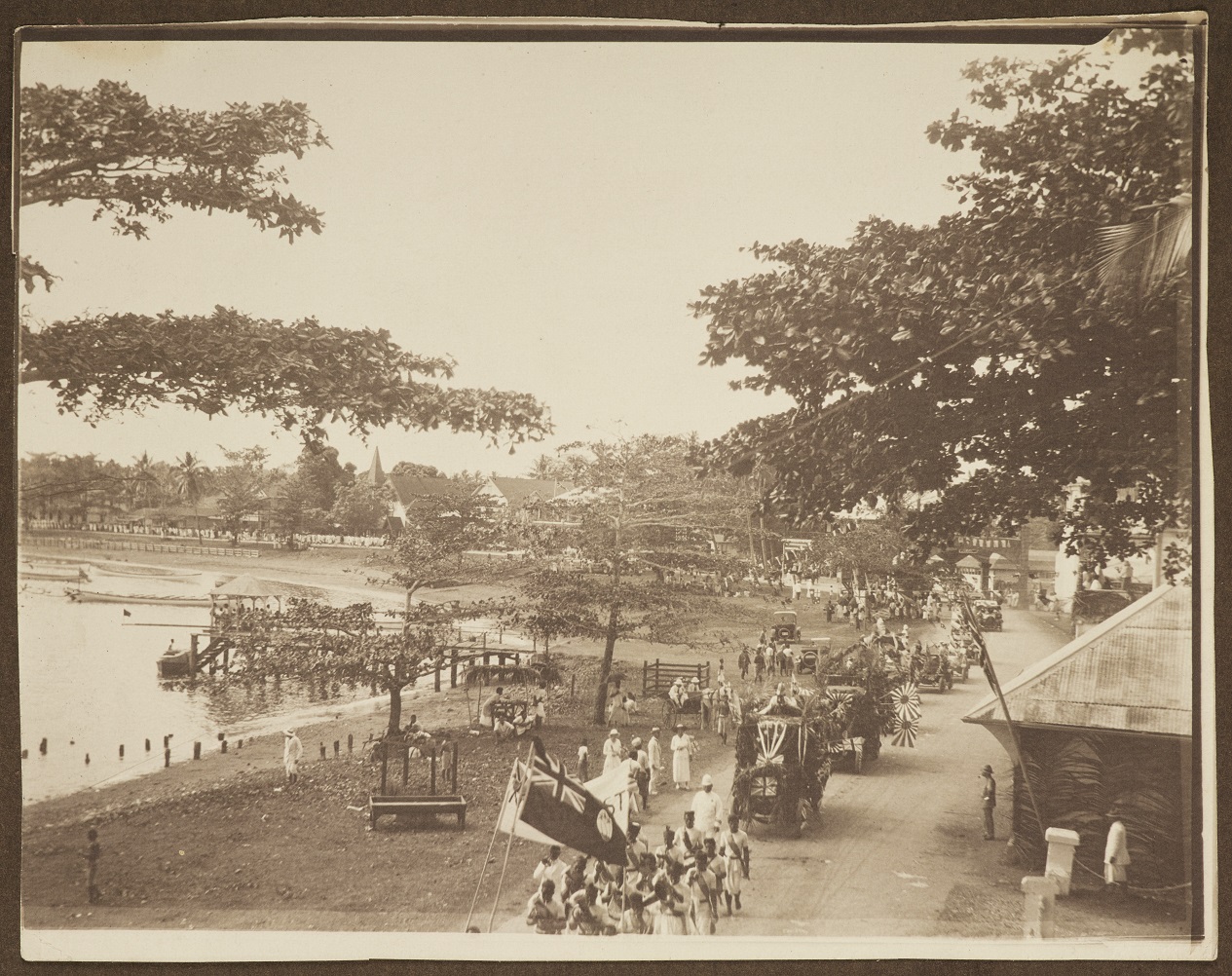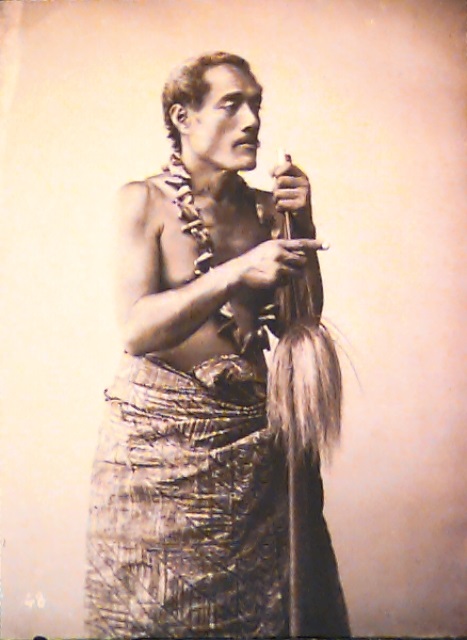
3 times in history that Samoa fought for freedom
Every Samoan should be proud to know these stories from our history. These will make great bedtime stories for the kids, too.
Tongan King vs the Sons of Atiogie
In the old old days (like from 1200 to 1300), Samoa was ruled by Tonga.
For 100 years even!
It’s ancient history now – no hard feelings – but apparently, the Tongan king at the time was a bit of a tyrant.
In those days, a man named Atiogie (he’s a famous guy in Samoan legends, you should look him up) had 3 sons and a grandson who grew up to really not like this Tongan occupation. These brothers and their nephew got so rebellious and riled up so many other protesters that it lead to a military conflict kinda situation.
The angry Samoans drove the king’s forces from one end of Upolu to the other until the king had no choice but to board one of his naval ships and head home to Tonga. But the old man’s last words to his former subjects expressed admiration for their valiant effort:
Mālie toa, mālie tau
…which means something like, “Respect to you, warriors. Good fight!”
Germany vs Le Mau a Pule

If only the fighting had stopped there. Thanks to lots of drama and two civil wars, even, our islands were far from at peace.
Those clever bigger countries lurking in the Pacific took advantage of all the local fighting. They chose sides and provided weapons to perpetuate the war (and stole land while the locals were busy killing each other, but that’s another story).
And then, in 1900, our country was finally divided and conquered. The USA took what is now known as American Samoa, and Germany took the rest.
Yes, today’s independent Samoa could have still been German Samoa, but not all our people were happy about that. The most outspoken protesters were a group of early freedom fighters led by a Savai’i man named Lauaki Namulau’ulu Mamoe.
This guy was a pretty impressive orator who led the Mau a Pule in challenging Germany’s control of our islands.
Mau means opinion and can refer to being firm or resistant. A pule is a leader, so Mau a Pule is something like… the resistance of the leaders.
Germany eventually had enough of all this outspoken-ness and exiled Namulau’ulu plus friends to Saipan, Northern Mariana Islands.
That happened in 1909, Germany’s rule was over five years later, then in 1915, Samoa’s new colonists (New Zealand) sent a ship to bring Namalau’ulu back to Samoa.
Sadly, the old man died on the journey home.
New Zealand vs O Le Mau a Samoa
After New Zealand was in control for a while, Samoans started to miss Germany’s rule. Things got that bad. (Find out just how bad over at One Samoana).
Only eleven years after Namalau’ulu died, Samoa was in full on resistance mode again, this time against New Zealand. The new wave of protests were led by a businessman named Taisi Olaf F. Nelson and our Head of State at the time, Tupua Tamasese Lealofi III.
Taking their cue from the first resistance, they called this new movement Le Mau a Samoa and published a newspaper – The Samoan Guardian – to help spread their message.
…and it caught on in a big way. One of my favourite stories is how women took over Le Mau after their husbands were forced into hiding by the New Zealand military.
Nelson was eventually exiled to New Zealand, but he just took his protesting all the way to the League of Nations in Geneva.
Back in Samoa, Tupua Tamasese Lealofi III paid the ultimate price for his part in the protest against New Zealand. He was gunned down by military police during a peaceful demonstration.
Ughh… that story is too sad and dramatic for me to get into all over again.
Even after this tragedy, it still took a few more decades before New Zealand left Samoa.
In 2018, Samoa will celebrate 56 years of independence. May we never forget the brave men and women in our history who loved us enough to fight for our freedom.
—
Are you a descendant of any of these historical heroes? Please share your stories about your ancestors in the comments below.












Recent Comments